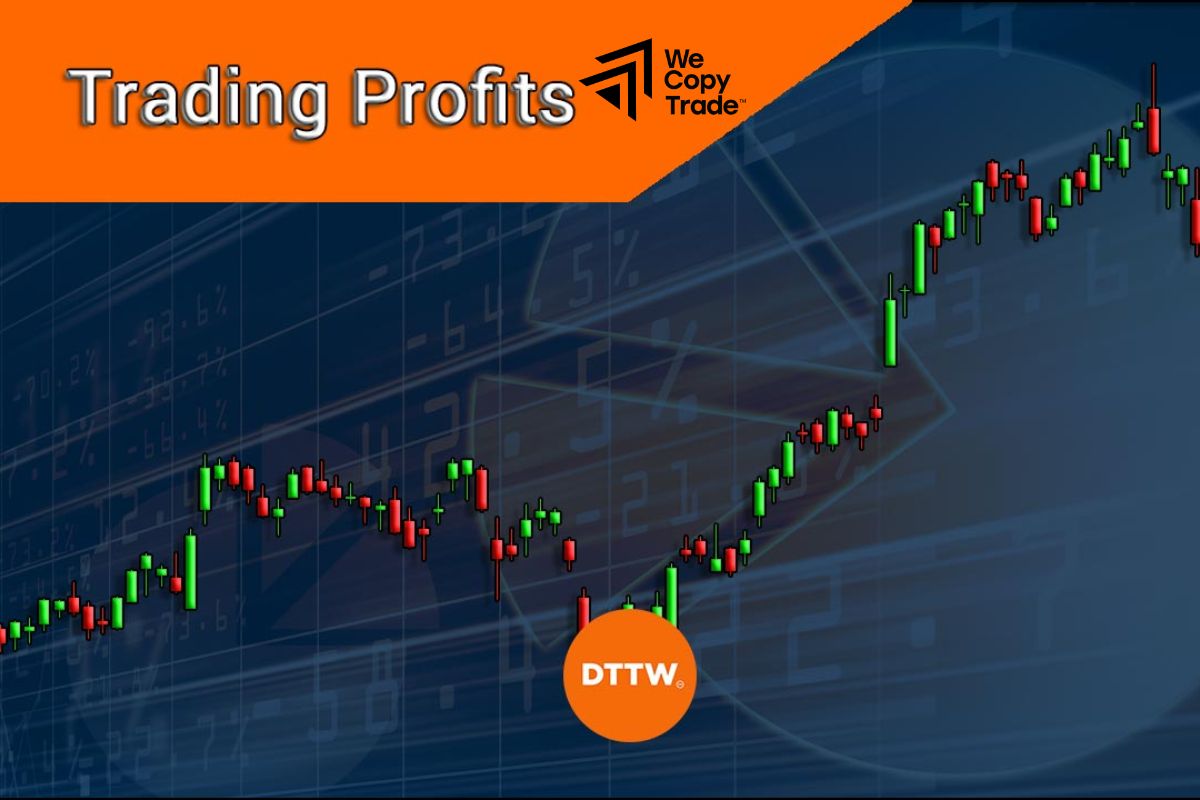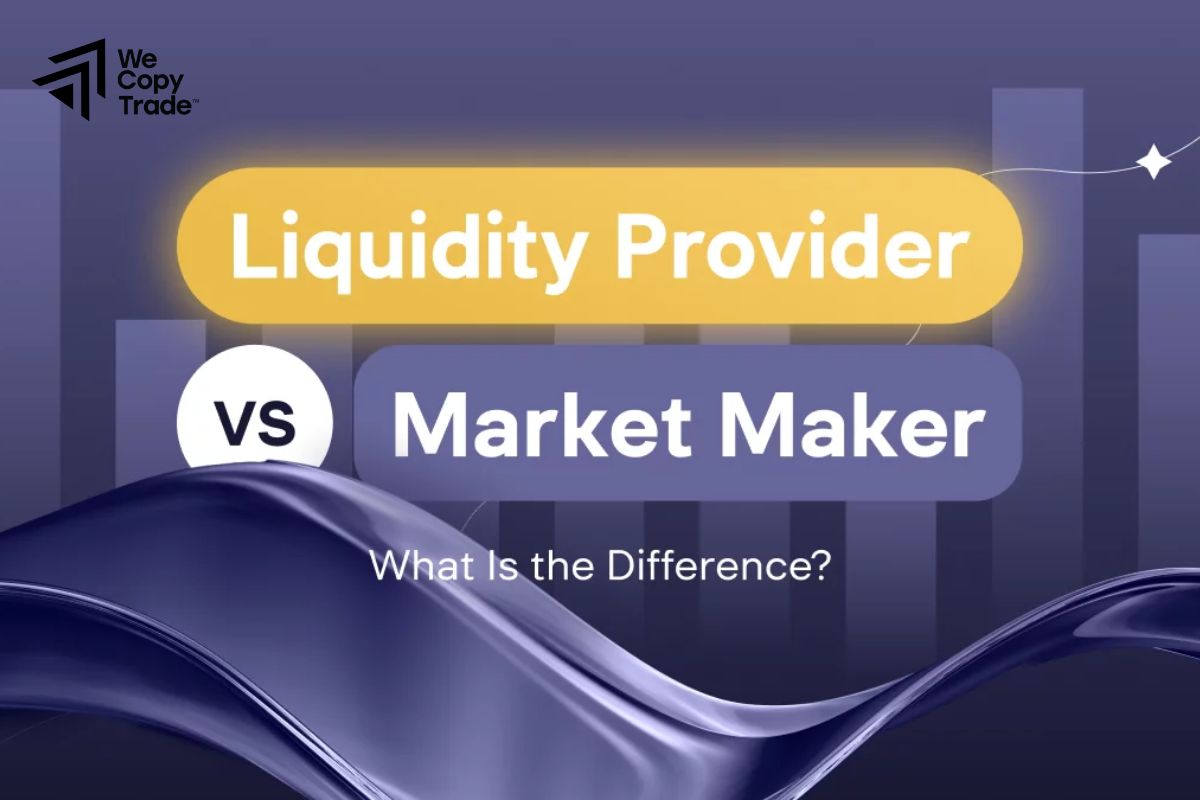Companies want to make profits by leveraging their capital in the financial markets, profiting from successful transactions made by insiders. Therefore, to understand how do prop firms make money easily and quickly, explore the article below.
What Are Prop Firms?
Prop trading firms, commonly referred to as “prop firms,” are financial institutions or companies that engage in trading financial instruments such as stocks, bonds, commodities, or currencies using their capital instead of client funds. The primary objective of a prop firm is to generate profits through strategic trading in the financial markets. Unlike traditional brokerage firms, prop firms do not manage client accounts or offer investment services to the public.

Types of Prop Firms:
- Independent Prop Firms:These are stand-alone entities that focus solely on proprietary trading. They operate independently of banks or financial institutions and rely entirely on their own capital for trading activities. These firms often have their own unique trading strategies and are known for providing significant autonomy to their traders.
- Trading Desks within Banks: Many large investment banks and financial institutions have proprietary trading desks as part of their operations. These desks are staffed by traders who use the bank’s capital to engage in speculative trading. While these trading activities are typically separate from the bank’s client services, they can still contribute significantly to the bank’s overall revenue.
- Hybrid Models: Some firms operate a hybrid model, combining proprietary trading with client services. These firms might manage client funds or offer brokerage services, but they also engage in prop trading using their own capital. The hybrid model allows firms to diversify their revenue streams, leveraging both client fees and proprietary trading profits.
See more:
- How to apply for a real estate prop firm certificate extremely reputable
- What is High-Frequency Trading? How it works and its applications in cryptocurrency trading
- Comprehensive Evaluation Program – Unlock your business potential quickly and effectively
How Do Prop Firms Make Money?
How do prop firms make money primarily through the following methods:
Trading Profits

- Prop firms employ skilled traders to buy and sell financial instruments like stocks, bonds, currencies, commodities, and derivatives. These traders use the firm’s capital to speculate on market movements, aiming to buy low and sell high (or vice versa in short selling). The difference between the purchase and sale prices represents the firm’s profit.
- Prop firms often use leverage, which means they borrow additional capital to increase the size of their trades. This amplifies both potential profits and risks. With successful trades, the leverage can significantly boost returns.
- Some prop firms develop and use proprietary algorithms and high-frequency trading (HFT) strategies to capitalize on small price movements in the market. These algorithms can execute trades much faster than human traders, capturing profits from tiny discrepancies in prices across different markets or assets.
Profit Sharing with Traders
- Traders within prop firms are often compensated through a profit-sharing arrangement. This means that a portion of the profits generated by a trader is retained by the firm, while the trader receives the rest. The firm’s share of the profits represents a significant revenue stream, incentivizing the firm to support traders in becoming more successful.
- Some prop firms offer training programs for aspiring traders, where the firm might take a portion of the profits generated by trainees as they learn. This allows firms to cultivate talent while still benefiting from any profits the trainees generate.
Market-Making and Providing Liquidity

- Market-Making Activities: Some prop firms engage in market-making, where they continuously buy and sell securities to provide liquidity to the market. Market makers profit from the bid-ask spread—the difference between the price at which they buy (bid) and sell (ask) an asset. This spread can be a consistent source of income, especially in markets with high trading volumes.
- Arbitrage Opportunities: Prop firms often engage in arbitrage, which involves taking advantage of price differences for the same asset in different markets. By simultaneously buying and selling the asset in different markets, firms can lock in a risk-free profit.
Fees from Traders
- Access Fees: Some prop firms charge traders for access to their trading platforms, data, or proprietary tools. These fees can be a steady source of income, especially for firms with advanced technology and trading systems.
- Capital Contribution Requirements: In some cases, traders are required to contribute a portion of their own capital to trade with the firm. While the firm typically provides leverage on this capital, the contribution itself can be a source of revenue.
How to Share Profits Between Traders and Prop Firms
Profit-sharing between traders and proprietary trading firms (prop firms) is a key aspect of the business model, designed to incentivize traders while ensuring that the firm also benefits from successful trading activities. The structure of profit-sharing can vary widely depending on the firm’s policies, the trader’s experience, and the specific agreement between the trader and the firm. Here’s how profits are typically shared:

Trader’s Side
- Profit-Split Ratio:Traders typically receive a percentage of the profits they generate. Common splits range from 50% to 80% in favor of the trader, depending on their experience and performance. As traders demonstrate consistent profitability, they may negotiate higher profit splits. For instance, a successful trader might move from a 50/50 split to a 70/30 split, where they keep 70% of the profits.
- Performance-Based Bonuses:In addition to their profit share, traders may earn bonuses if they exceed certain profit thresholds or achieve specific targets, like consistent monthly profits.
- Capital Contribution: If traders contribute their own capital, they often receive a larger share of the profits, since they are taking on more personal risk. For example, a trader contributing their own funds might negotiate an 80/20 split, keeping 80% of the profits.
- Drawdowns and Recovery: If a trader experiences losses, they may need to recover those losses before receiving further profit payouts. Future profits might first be used to cover past losses, delaying the trader’s share of profits.
- Profit Withdrawal: Traders typically receive their share of profits on a monthly or quarterly basis. Some firms may have lock-up periods, delaying withdrawals until certain conditions are met.
Prop Firm’s Side

- Profit-Split Ratio:The firm retains a portion of the profits, usually ranging from 20% to 50%. This compensates the firm for providing capital, infrastructure, and risk management support. For newer or less experienced traders, the firm may retain a higher percentage (e.g., 50%) until the trader proves their ability to generate consistent profits.
- Management Fees and Costs: Some firms deduct fees (such as technology, data, or desk fees) from gross profits before applying the profit-split. This covers the cost of providing the trading environment. Firms providing leverage may retain a larger share of profits to compensate for the increased risk they are taking on by allowing traders to control larger positions.
- Performance-Based Adjustments: Firms may adjust profit splits based on the amount of profit generated. For example, a firm might keep 50% of the first $10,000 in profits, then reduce its share to 40% as profits increase, incentivizing traders to perform better. Firms may impose risk management rules that traders must follow to continue receiving favorable profit splits. Violating these rules could result in a lower split or termination of the profit-sharing agreement.
- Contractual Agreements: The profit-sharing arrangement is detailed in a formal contract, outlining the specific terms, fees, and any conditions that might affect profit distribution. This protects the firm’s interests while ensuring clarity for the trader.
Challenges in Revenue Generation and Profit Sharing
Market Volatility

Challenges:
- Increased Risk: Price swings and unpredictability can lead to significant losses.
- Strategy Adaptation: Constantly adjusting strategies to volatile conditions increases operational complexity and costs.
- Risk Management: Enhanced risk management practices are needed, which can limit profit potential.
Regulatory Compliance
Impact:
- Higher Costs: Compliance with regulations incurs costs for legal, staffing, and technology, reducing overall profits.
- Strategy Restrictions: New rules may limit trading practices or require higher capital, affecting profitability.
- Profit Sharing Adjustments: Firms might revise profit splits or structures to accommodate increased compliance costs.
Trader Performance
Effects:
- Direct Impact: Trader performance directly affects firm profits; successful traders boost revenue, while poor performance can lead to losses.
- Profit Distribution: High-performing traders often receive a larger share of profits, while underperformers might see reduced shares.
- Investment in Talent: Firms invest in training to improve performance, but this comes with costs and doesn’t always guarantee success.
The Future of Prop Firms and Profit Sharing
The future of proprietary and profit-sharing firms is likely to be shaped by several key trends and developments:

- Algorithmic and high-frequency trading: As technology advances, proprietary trading firms will increasingly adopt algorithmic and high-frequency trading strategies. This allows for faster and better trade execution, leveraging sophisticated algorithms to gain a competitive advantage.
- Advanced risk management tools: Proprietary trading firms will employ more sophisticated risk management tools to mitigate potential losses. This includes advanced analytics and real-time monitoring systems that provide insight into market and trading risks.
- Expanding asset classes: Proprietary trading firms will likely diversify into more asset classes, including cryptocurrencies, emerging market equities, and alternative investments. This diversification helps spread risk and take advantage of different market opportunities.
Conclusion
In conclusion, as prop firms navigate the evolving landscape of trading and profit sharing, they continue to adapt and innovate to remain competitive. With advancements in technology, diversified trading strategies, and enhanced risk management, these firms are well-positioned to leverage new opportunities and drive profitability. Therefore, when considering how do prop firms make money, it’s clear that their success hinges on a combination of sophisticated trading algorithms, effective risk management, and strategic profit-sharing models.











